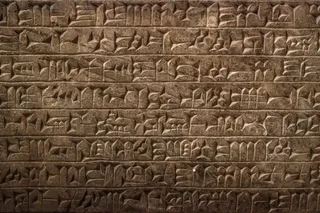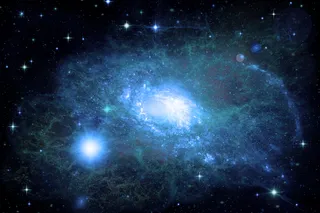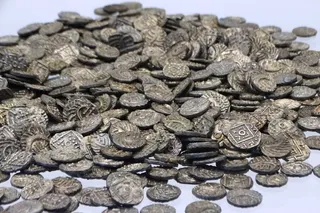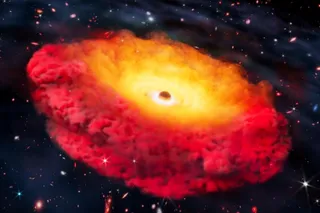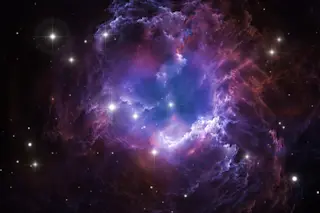"It's as if we're fish who have suddenly discovered we're in water," said Nobel Laureate Frank Wilczek about the Large Hadron Collider. "The LHC is the device for ruffling up the waters so that we can see waves." Wilczek took part in a panel discussion at a World Science Festival event on Saturday. The discussion revealed a bit more about how physicists will do the ruffling and what waves they expect to see. Besides once again allaying doomsday fears, the panel discussed each detector in the LHC and how it will help them find the "cosmic molasses" we're swimming in--what gives everything in the universe mass. Their prime suspect is, of course, the Higgs Boson--the last animal in the Standard Model theory's particle zoo--but what happens if the LHC can't find it? "My experiment is looking at the primordial soup, and we know it exists," said Jennifer Klay, who helped ...
World Science Festival: What if Physicists Don't Find the Higgs Boson?
Explore the Large Hadron Collider's quest for the Higgs Boson and its role in understanding the universe's mass.
More on Discover
Stay Curious
SubscribeTo The Magazine
Save up to 40% off the cover price when you subscribe to Discover magazine.
Subscribe


